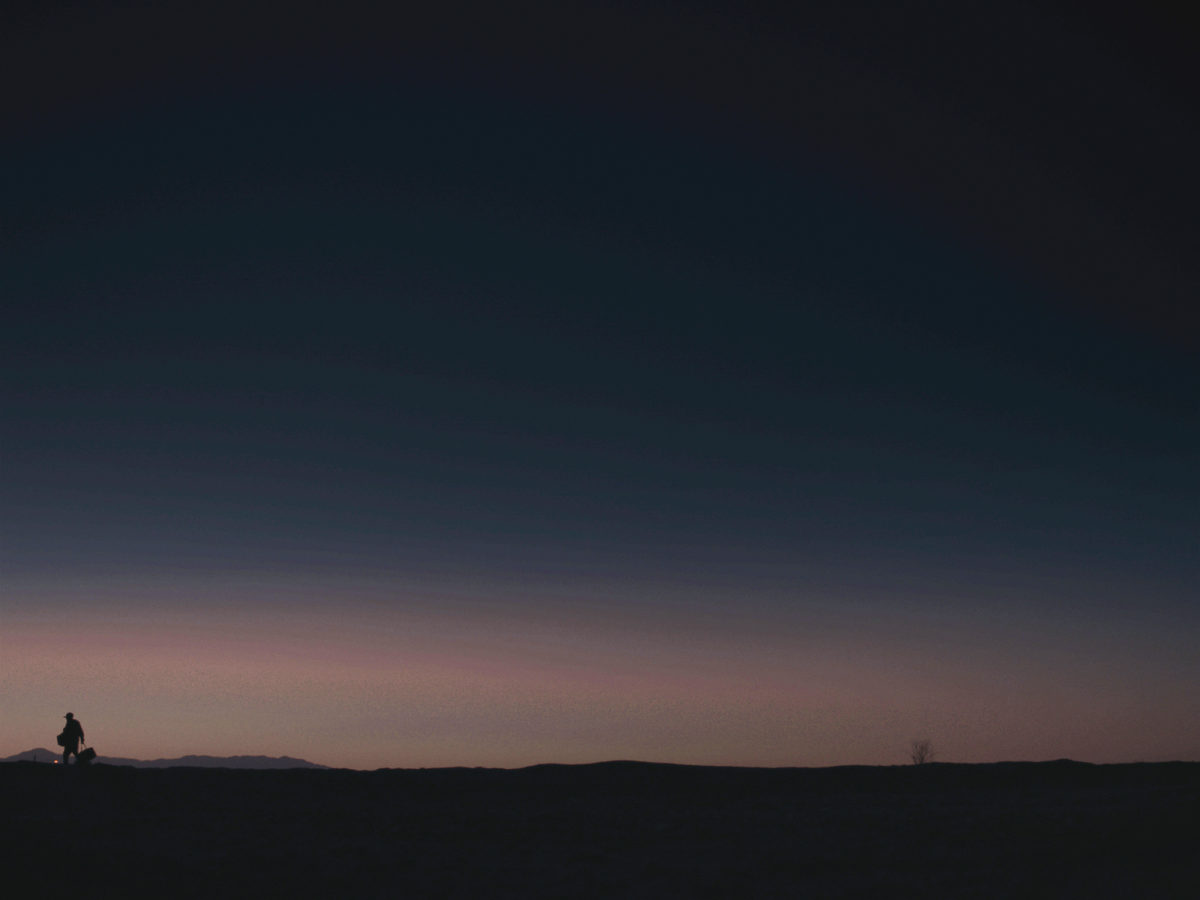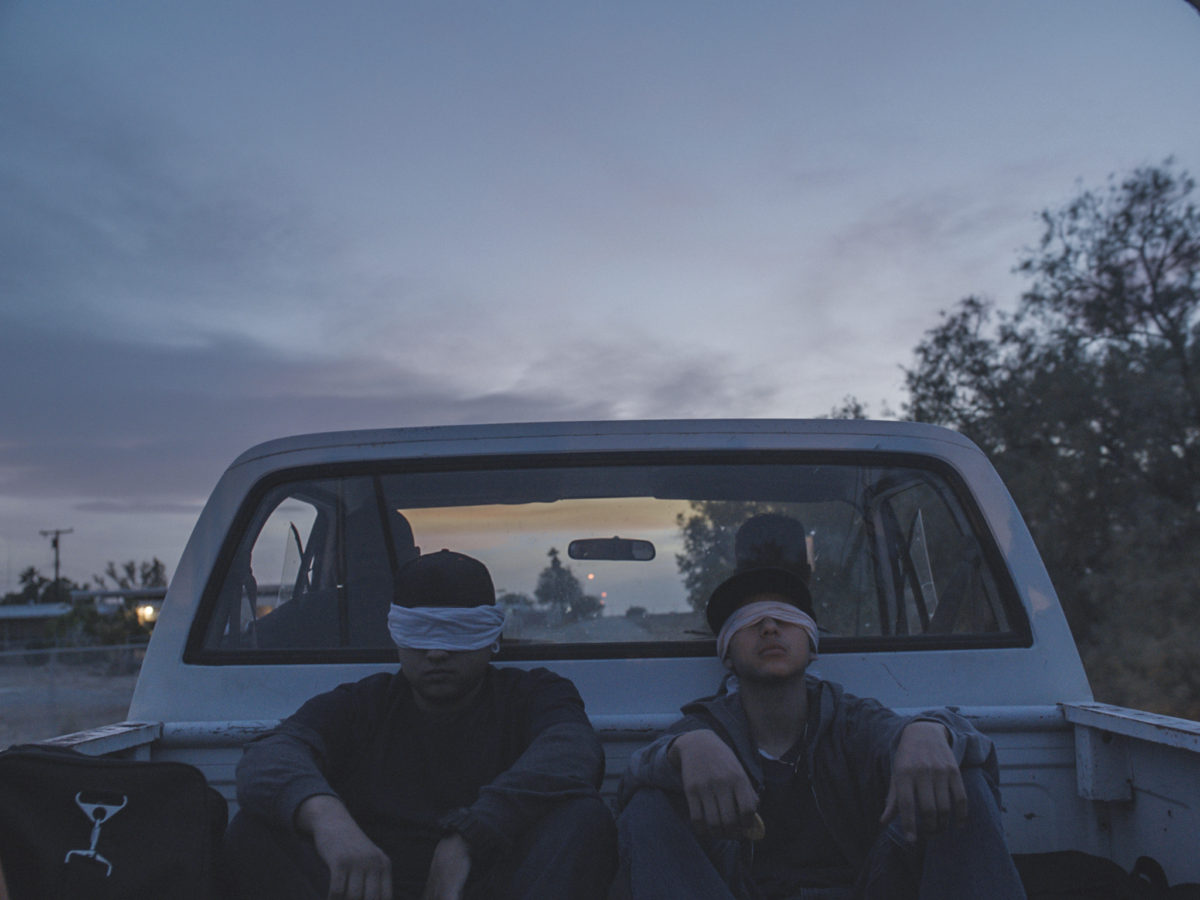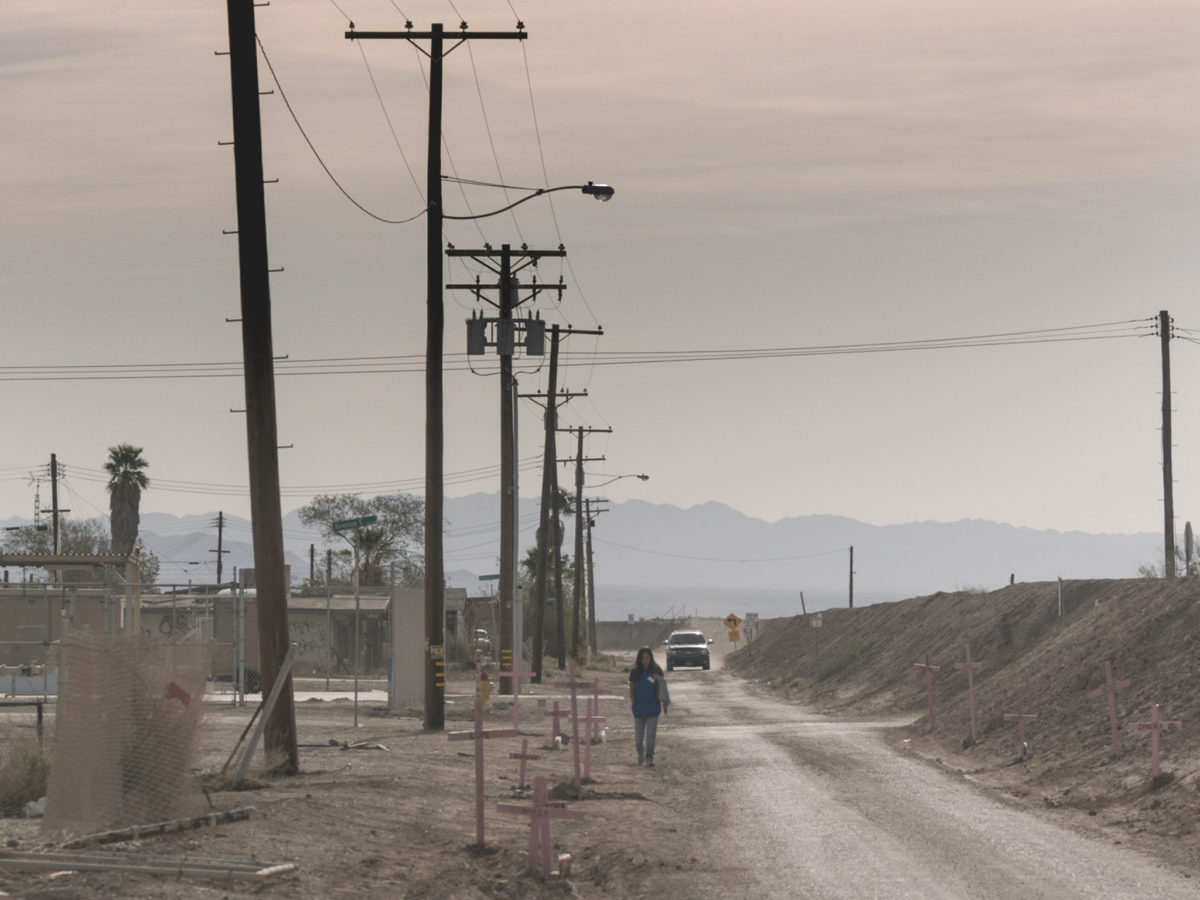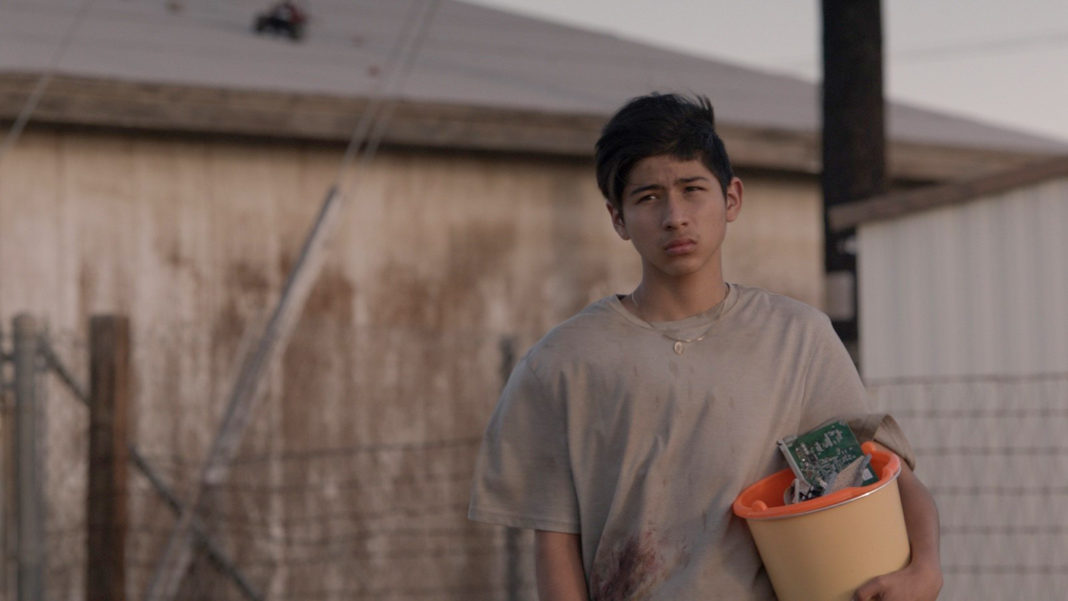Jianna Maarten is a film-maker determined to get to the heart of a subject matter, which she has done as part of her research for her short SIN CIELO, a deeply moving story set in a Mexican border town when a community is affected by the abduction and subsequent disappearance of a local girl.
Film and TV Now recently spoke with the director about her film.
FILM AND TV NOW: As part of your research, you travelled to dangerous parts of the country to stay with underprivileged families who have been affected by what happens in the film. What did you learn and discover during your time with these people?
JIANNA MAARTEN: I learned that these are families trying to organize their communities against violence, get registered into school or learning programs or finish their degrees but have very little support. There are some good local NGO’s working to grow community transparency and work with gang violence – if kids can’t eat they’re more likely to join gangs or cartels for a pizza (that is not an exaggeration). So communities and orgs try to get to kids when they are still very young teaching them to get their food and needs met in other ways from other people. We’re talking about fundamental things like food water and shelter. If we as a globe keep taking those things from children they will turn to whatever source provides it.

FTVN: There is a subtlety to how the moment of abduction happens in the film. Obviously, the reality can be more brutal. Were there any upsetting stories that were disclosed by those you stayed with?
JM: There were many. Some I cannot say. One in particular about the burning of a family in their house was very upsetting.
FTVN: The film has a very strong message of hope at the end. Has the film been screened for those affected by abduction of loved ones?
JM: We’ve had a lot of screenings where we’ve had a largely Mexican, and South/Central American audience ie people who’ve come to the U.S. as refugees or remember some of these things that happened in their country. They get quite emotional about the film. Especially the women. Also I think it’s great when we screen it in cities that don’t know about this issue. They’re reactions are always very strong. Very surprised.
FTVN: Are there any plans to show the police and social services the film in Mexico?
JM: We don’t have one in place at this time but that’s not a bad idea. Though Mexico is already aware of this. It is not really a lack of awareness. Everyone is aware. As is Guatemala, El Salvador, Venezuela and other countries hit hard by TCO’s and border issues. It is more the question of what to do about it.
FTVN: Tell us about your location and where the film was shot.
JM: The film was shot entirely on location close to the Calexico Mexico border and in East LA.

FTVN: Tell us about your cast.
JM: The cast is Latinx. Most are from Mexico, Mexican American, one actor is Guatemala one is from Peru. And Dylan Bruno who plays our American has done a lot of research on this subject. The actors are phenomenal. With over 11 actors in a narrative short, I feel all stand out in their particular roles.
This film has a very ensemble quality and we could not have been luckier to have such an outstanding cast. The parade was provided by the Ballet De Bravo, an East LA dance team led by Jorge Rivas. I mean we really pulled from the community to make this film.
FTVN: Tell us about your crew.
JM: They are rock stars. To make this film for so little and to do it in 100 degree weather long days difficult shooting locations, wind, weather conditions, huge set pieces, lots of background actors, children, a parade, a large cast. It is because of the crew we were able to pull all of that off in five days. I mean, you can’t make a movie like this with the kind of budget we had without an unbelievable crew.
FTVN: You got a degree in Storytelling with the AFI. How does studying within such a prestigious organisation help your career and creativity?
JM: I think my degrees at both Columbia in creative writing and AFI in directing were helpful in my creativity. I spent years reading stories, writing stories, crafting stories, evaluating stories, it’s the repetition that makes you better.
FTVN: How long did it take to shoot the film?
JM: Five days of principal photography and two days added later for additional photography.
FTVN: Tell us about how the script evolved from concept to final draft.
JM: Oh man. It evolved a lot. I had an idea. I went to Mexico and stayed for awhile. I left with a real story (I think if you are making something like this you have to do a lot of research and most of it on the ground), then I came back and rewrote it a ton of times, then we did test shoots and development and pre pro and it got more rewrites, then the reality of what you can afford and it got more rewrites, and then you shoot it and start putting it together and my editor and I rewrite it again.

FTVN: How has making a short film like this affected your own perspective on life?
JM: Everything is very complicated. Humans and the world and how we all fit in it and what we do to each other – very complex…
FTVN: What were your cinematic influences when making the film?
JM: I think I’m a big fan of Lucrecia Martel, have been for awhile. I’m really into sound and she uses it very effectively. I really like Rodrigo D No Futuro out of Columbia, my cinematographer pulled some stuff from Ida in terms of spatial composition. I also tend to do elaborate blocking so I watch how great film-makers block stuff and take notes.
I pay close attention to when a cut happens. How effective a single cut can be in a scene and when it happens ie what it’s saying, what it does to the viewer. I love a great one shot master if you can pull it off. But if you don’t have a lot of coverage you are not leaving a lot of room for error. It’s walking a high wire for sure. Kind of fun though…
FTVN: Finally, would you expand this film into a feature-length version, given the importance and potency of the subject matter?
JM: I’ve thought about it. We are working on a feature, it is more encompassing. My writing partner Cara Lawson and I have worked on drafts. It’s one of those things where stars all need to align and then…fingers crossed you get to make a movie. This would be one we’d like to make. But I have several. Lots of scripts waiting in the wings.





























